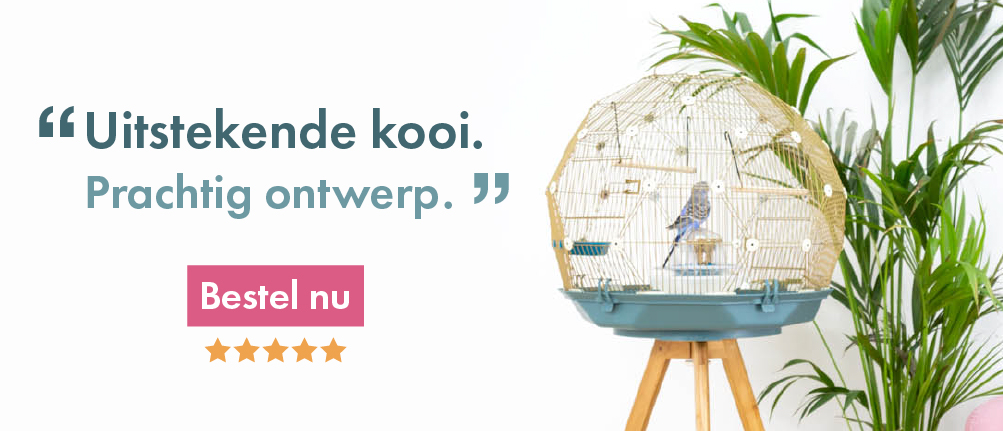Moulting is part of the budgie’s yearly cycle, and involves the gradual replacement of all the feathers. The process is gradual, to ensure that the bird is still able to fly and keep warm as it moults. A budgie should never have bald patches during this time – if it does, it may be a sign of disease or stress. The new feathers first appear as white, sharp stubs known as pin-feathers. These give the budgie’s head an odd, spiky appearance.
No feather is safe from the moult – the large ones will collect at the bottom of the cage, and many of the smaller, downy feathers will drift across your furniture and floor, so light and insubstantial that they are almost impossible to sweep up. A wet cloth helps, but a vacuum cleaner is the best way of removing them, as long as your birds don’t fly into a panic whenever they see and hear it. If you’ve been cleaning the house regularly, they should be used to the vacuum cleaner by the time you unleash it on the escaped feathers. If you don’t clean the house regularly, you’re allowed a moment’s embarrassment before resorting to the wet cloth.

Like all birds, budgies have an annual moult
The moult should take two to three weeks to complete. With primary and tail feathers dropping out, a budgie might not feel confident flying, so don’t worry if he seems a bit perch-bound. A bird that’s used to flying around your living room might opt for a quiet night in; and, again, this is normal. He may also take on a ‘spiky’ look, as the new pin feathers thrust through the depleted head and neck feathers.
You can assist the process by making sure the food is always topped up, with a mineral block available at all times. Sprouted grains and fresh veg are good moulting foods, providing the good stuff a budgie needs for strong feather growth.
Budgie Moult Problems
Sometimes the moulting process stalls, usually due to malnutrition or stress. The head and neck region will look threadbare, and some new pin feathers will have black or brown tips. Any abnormal feather growth or feather loss should be referred to a vet, who will diagnose the problem and recommend an action to get your budgie moulting healthily again.
There is also a condition known as French moult, in which feathers drop out and don’t grow back - see the Budgie Feathers French Moult section, below.
Budgie Behaviour When Moulting
Inexperienced budgie keepers often worry when their birds' first moult, as their personalities seem to change and their energy is at low ebb. Moulting causes them no physical discomfort, but tends to make them more passive than usual. Moulting birds will often sit for long periods without saying or doing much. Older birds take the opportunity to grab some extra hours’ sleep. Sometimes a bird may by jumpier than usual, and will panic at a sudden noise or movement. Angry squawks and attempts to bite your hand will greet your attempts to pacify him, so it’s best to let the fit pass.







Reacties
Er zijn nog geen reacties